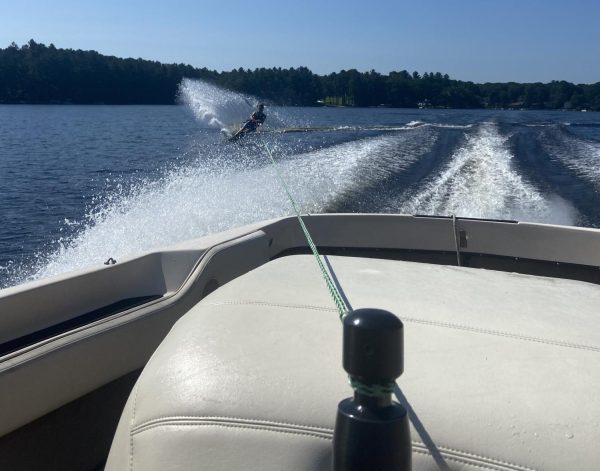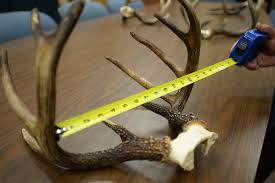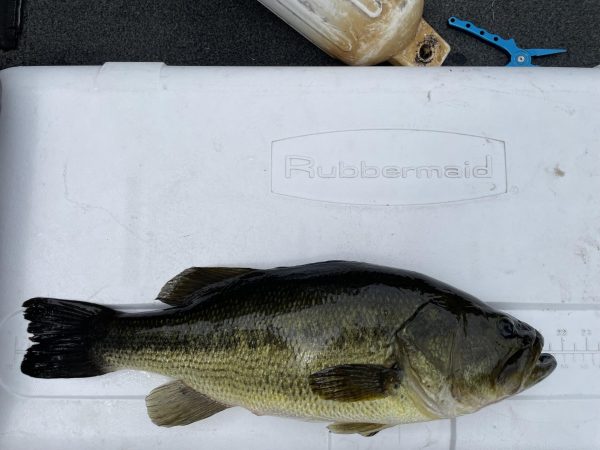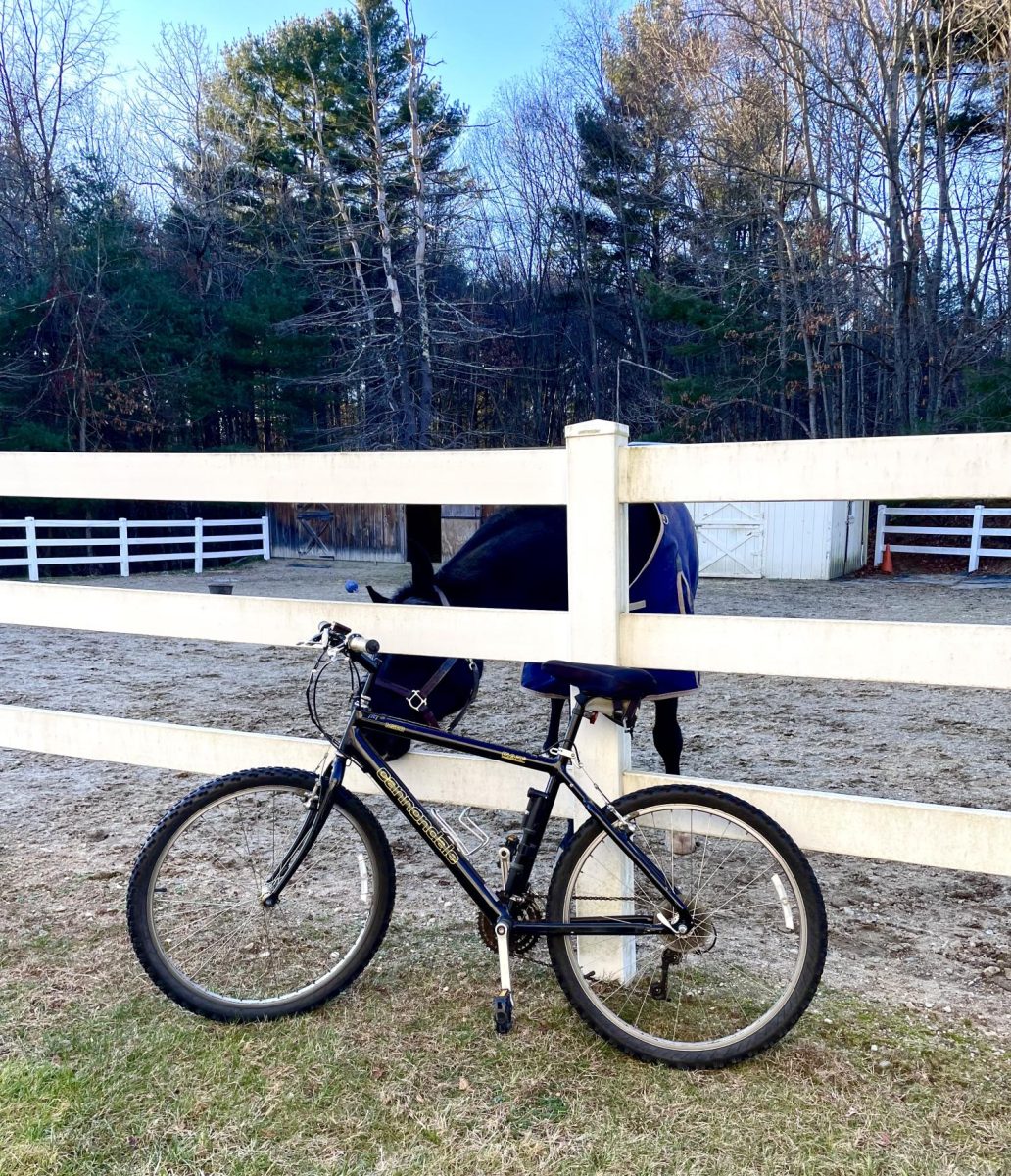Sutton High School has many of its mainstream sports to boast about, things such as soccer, basketball, and cross country. What about Sutton’s less known sports? Despite what you may see, there are some very interesting and entertaining sports floating around our high school.
For those of you who have not seen my previously published article regarding water skiing, here is a link. Water skiing is not by any means a popular sport, but I have found a few students in Sutton High School who have recreationally water skied in the past. Abrielle Choma, a senior at Sutton says, “I think it is a very fun sport, but takes a lot of skill and practice.”
Personally, I typically “open water” ski at my lake, Ramshorn Pond, in Sutton. Open water skiing is the most popular

and basic form of water skiing. This involves skiing freely with no true goal. Organizations such as Webster Waterski Collective have made communities where people can get together and ski, regardless of your skill level. They also offer slalom skiing courses.
There are a select few of our school that also participate in equestrian activities. This sport takes more devotion than most. For those who choose to have their own horse and gear, it can also become extremely expensive. From Rouge Pet Science, the average “hobby horse” will cost around $3000. That is why most young equestrians will associate with a stable.
Stables will charge by the lesson, or places like Stowe Farm in Millbury, MA offer summer programs that will be an all inclusive week(s) of lessons, recreational riding, and general information regarding horses.
The week, at this particular stable, will cost $500. It is a great way to gauge whether or not you’d like to fully delve into the sport. Stowe Farm also offers day by day lessons and information rather than a whole week. Apart from Stowe Farm there are also many stables in the surrounding area that offer lessons.
While hunting and fishing are not typically scored or monitored as a sport, it still is a sport. Hunting is not often scored as a competition like any other sport, but there are still ways to compare how you stack up against other hunters.
For those who have shot (harvested) a doe (female deer), you can really only score by weight. This is because they do not have antlers, and for the rare occasion that a doe does have antlers, they are usually referred to as “buttons” because of their small size. The hunting community does not frequently “score” their does, harvesting a buck (male deer) is what most hunters are after.
After harvesting a buck, there are multiple ways of scoring what you have harvested. The most common methods being

by weight, number of antler points, or measuring the antlers. These methods are often combined when you score your deer. For example you would say, the buck I harvested was 150 pounds, had 8 points, and measured in at 105”.
For those scoring by weight, this is relatively self explanatory. The only clarification needed to be made with weighing a deer is whether or not it was weighed “dressed” or “undressed”. A dressed deer is one where the hunter has field dressed it, or removed the inner organs in order to better preserve the meat. An undressed deer would be one that is still as it appeared before it was shot.
The number of points a buck may have also is very easy to determine. Bucks (usually) have one antler on the left side of its head,
and one on the right. These antlers grow “points”, tines, that extend off of the main beam of the antler. So, if a buck has 4 points on the left side of the antlers, and 4 points on the right side, it would be considered an 8 point buck.
The final most common way of scoring a buck is measuring the antlers. Measuring the antlers entails finding the beam length, the circumference of the antlers, and finding the inside spread of the antlers as well to come up with a total score. Field & Stream along with South Carolina DOR have posted helpful articles on understanding this method.
Fishing is also a sport seldom spoken of, especially in school. Thankfully for anglersin our area, there are many different waterways that offer many different species of fish.

Fishing tournaments are often held throughout the year. Tournaments run on the water, or on the ice. A tournament can fall under many different objectives based on the type of fish, the type of water, and the size of the fish you catch.
Personally, I feel as though ice fishing tournaments are the most fun, that is if you have a four wheeler or snowmobile, and can bring it on the ice. Summer tournaments are also a great time, given that you have the correct boat for the job.
Fishing, like the other sports already covered, can be expensive for those who go all out. High end gear and equipment can have you spending tens of thousands of dollars, but on a budget, you can go out to fish spending less than $100.
If you want to get a feel for any of the sports mentioned, there are many opportunities to explore your interests while not spending all the money necessary. This way you will not be in the hole for thousands of dollars for a sport you do not enjoy.







































